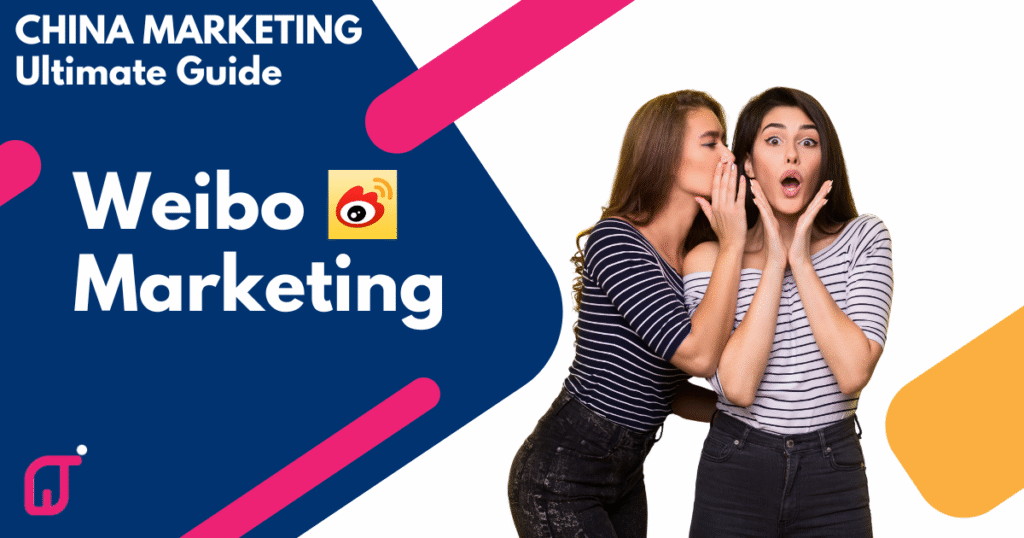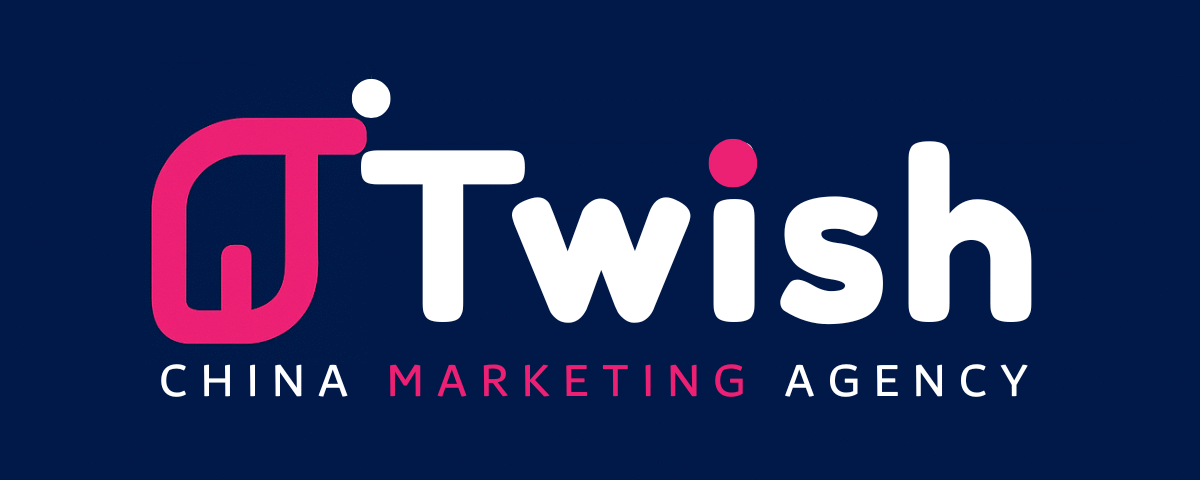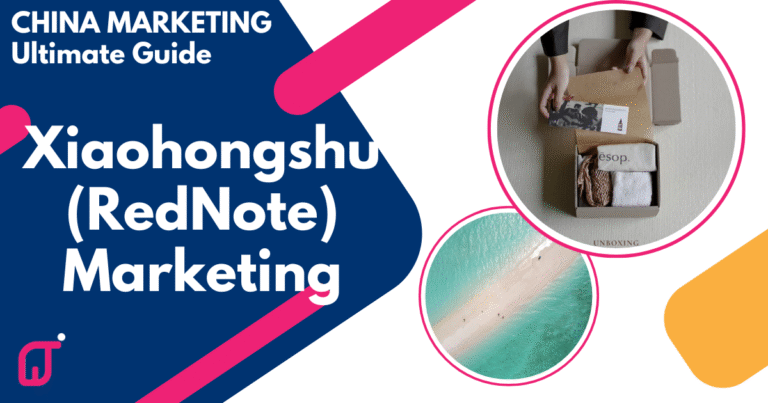Weibo—What Is It and Why It Still Matters for Foreign Brands
Let’s start with the basics: Weibo—what is it=? If you’re running a Western brand and looking at entering the Chinese market, odds are you’ve already heard of WeChat. But Weibo? That’s the one most folks overlook—and they shouldn’t.
Weibo—What Is It, and Why Should You Still Care in 2025?

Weibo (微博), literally meaning “microblog” in Chinese, is a powerhouse platform launched by Sina Corporation back in 2009. Think of it as China’s Twitter meets Facebook meets Reddit, all rolled into one. With over 600 million monthly active users, it’s still a go-to hub for trendsetters, influencers, and viral campaigns.
This article breaks down what makes Weibo tick, how it compares to other Chinese social platforms, and—most importantly—how your brand can win on it.
So if you’ve ever Googled “Weibo what is it,” consider this your no-fluff, all-action guide.
Weibo 101 — What Is It, Really?
Let’s cut through the noise: weibo what is it really? It’s not just “Chinese Twitter.” It’s a massive open social platform that combines microblogging, media, and public discussion all in one.
But here’s the thing most marketers get wrong: Weibo has scale, but not always relevance—unless you’re working with top-tier influencers or celebrities. More on that in a bit.
What is Weibo?
Weibo (微博), literally “microblog” in Chinese, was launched by Sina Corporation in 2009. It grew fast by offering real-time updates in short form—just like early Twitter.
Today, it supports:
- Text, images, video, vlogs, livestreams, and blog-length posts
- Threads, reposts, hashtags, and live commenting
- Verified brand accounts, KOL partnerships, and ad tools
By the Numbers
- 600+ millionmonthly active users (MAU)
- 252 milliondaily active users (DAU)
- Over 100 million posts daily
- 94%+ usage from mobile devices
Who Uses It?
- Mostly Gen Z and Millennial urban users
- Strong fan bases for celebrities, idols, K-pop groups
- High activity from entertainment, fashion, gossip, and trending newsfollowers
- Heavy participation in “super topics” (like fandoms, celebrity hashtags)
Key Features
- Open network: All posts are public by default
- Owned hashtags: Brands can create and promote hashtags that trend
- KOL ecosystem: Massive, but pricey—top KOLs demand celebrity-level fees
- Ad products: Display ads, promoted posts, hashtag boosts, fan tunnels
How Brands Use Weibo — And Why You Probably Shouldn’t
This is where we get honest. A lot of Western brands ask us, “Should we be on Weibo?” And while the numbers look sexy—600M+ MAU, huge KOL network—our answer is usually…
No, not unless you’re running a celebrity-led brand campaign.
When Weibo Does Work:
- Celebrity endorsements:If you’ve locked in a Chinese celeb or K-pop star as an ambassador, Weibo is gold.
- Entertainment launches:Movie premieres, drama releases, artist debuts? Yes.
- Crisis control:It’s the platform where PR crises explode—so official statements go here.
- FMCG virality plays:But only if you’re playing the short-burst, big budget game.
In short: Weibo works when you already have big attention.
When Weibo Doesn’t Work:
- You’re a new foreign brandwith no recognition
- You can’t afford celebrity seeding or high-end KOLs
- You expect organic follower growthlike Instagram (not happening here)
- You’re focused on lead generation—WeChat is better for that
It’s not that Weibo is broken. It’s that the audience isn’t looking for brands unless they’re already famous.
The Real Strategic Fit:
You can actually use Weibo to following scenarios:
- Reinforce your celeb/KOL campaigns
- Post official announcements, especially during high PR moments
- Monitor public sentiment via comments and reposts
But don’t expect it to drive sales, sign-ups, or warm leads unless your brand’s already trending.
Weibo vs WeChat vs Xiaohongshu — Which Platform Wins for What?
You’ve probably seen them mentioned together: Weibo, WeChat, Xiaohongshu. So, let’s clear up where each fits in your China strategy.
⚖️ Quick Comparison
Platform | Best For | Weakness |
|---|---|---|
Virality, PR, celebrity buzz | Low organic reach, low lead conversion | |
Retention, CRM, brand ecosystem | Slow follower growth | |
Xiaohongshu | Product discovery, lifestyle UGC | Not ideal for official announcements |
WeChat: The Trust Machine
- WeChat is where relationshipshappen
- Great for private domain traffic, CRM, loyalty
- Essential if you want to retain users, convert leads, or run Mini Program shops
- Content has longer shelf life and better quality comments
Use WeChat for:
- Official brand channels
- Membership programmes
- Campaign funnels and lead magnets
For further introduction of WeChat Marketing for SMEs: How to Win in China’s Super App
Xiaohongshu: The Discovery Engine
- Xiaohongshu (RED NOTE) is where people search before they buy
- It’s where beauty, fashion, skincare, and design brands shine
- UGC + Reviews + Shopping = China’s Pinterest + Instagram
Use RED NOTE for:
- Storytelling
- Community building
- Influencer seeding
Here is the Case Study on lifestyle Brand – NEW CHI: First Sales in 14 Days launching on Xiaohongshu
Where Weibo Fits
- Broadcast and buzz—not community
- Public sentiment testing
- Not where decisions are made, but where trends are born
Unless you’re a well-known brand, Weibo won’t give you the ROI you need. We see it as a supporting role, not the lead.
How Weibo Influencer Marketing Works — And When to Actually Use It
Let’s be blunt. When it comes to weibo what is it in the marketing world, most people jump straight to influencer campaigns. Big names. Big numbers. Big budgets. But should you actually use them?
First, What Is a “Weibo Influencer”?
In China, we call them KOLs (Key Opinion Leaders) or super IPs if they’ve crossed into celebrity status. On Weibo, these individuals can command:
- Millions of followers
- Dedicated repost culture
- Hyper-engaged fanbases (especially in beauty, fashion, gaming, and celebrity gossip)
Types of Weibo influencers:
Type | Followers | Typical Use Case |
|---|---|---|
Superstars | 5M+ | Brand ambassador, product collab |
Tier 1 KOLs | 1M–5M | Campaign amplification, trend seeding |
Mid-tier KOLs | 100K–1M | Niche reach, vertical targeting |
Micro KOLs | 10K–100K | Engagement-focused, regional brands |
Let’s Talk Cost. Here’s what the numbers actually look like (yes, we’ve negotiated these):
- Super IP post: ¥500K–¥2M per placement
- Tier 1 KOL campaign: ¥80K–¥300K
- Micro KOL (non-exclusive): ¥3K–¥10K per post
And that’s just per post. Add video, repost packages, and fan tunnel amplification? Costs climb fast.
When Influencer Marketing on Weibo Works:
- You’ve secured a big-name ambassadoralready active on Weibo
- You want to amplify an offline eventor cross-platform launch
- You’re launching a limited drop or collaboration
- You’re doing crisis PR and need quick attention-shifting
Weibo is a megaphone, not a conversion funnel. If your brand already has buzz, KOLs can pour fuel on that fire.
When It Doesn’t Work:
- Your brand is unknown in China
- You don’t have a Chinese-language landing page or Mini Program
- You’re not running any awareness campaign on RED or WeChat in parallel
- You’re hoping for instant sales (spoiler: not happening here)
And worst of all? Fake data.
Weibo still has bot traffic, inflated engagement metrics, and follower buying. If you’re not tracking UTM codes or have local partners vetting traffic, you’ll get burned.
✔️ Twish’s Take
Unless you’re doing a top-down strategy with celeb weight, we do not recommend launching your China marketing journey on Weibo.
Weibo influencer marketing is best used:
- As a supporting play, not a lead-gen engine
- For credibility stacking when used with RED + WeChat
- To ride media cycles like fashion week, product leaks, or cultural holidays
So next time someone asks “weibo what is it good for?” the honest answer is: firepower PR, not grassroots brand building.
FAQ Weibo—What Is It, and What Should Brands Know Before Using It?
Final Thoughts: Weibo Isn’t Dead—It’s Just Not Where You Start
So… weibo what is it, really?
It’s a megaphone, not a magnet.
It’s where trends blow up, not where loyalty builds.
It’s public and viral, not intimate and sticky like WeChat or Xiaohongshu.
If you’ve got the budget, the buzz, and the KOLs—by all means, light up Weibo.
But if you’re trying to stretch a $10K/month marketing budget across China’s digital jungle? You’re better off building trust first on platforms like RED NOTE (Xiaohongshu) and WeChat.
At Twish, we’ve helped brands avoid expensive missteps by choosing the right platform at the right stage. That’s how you win China, not by following hype.





2 Comments